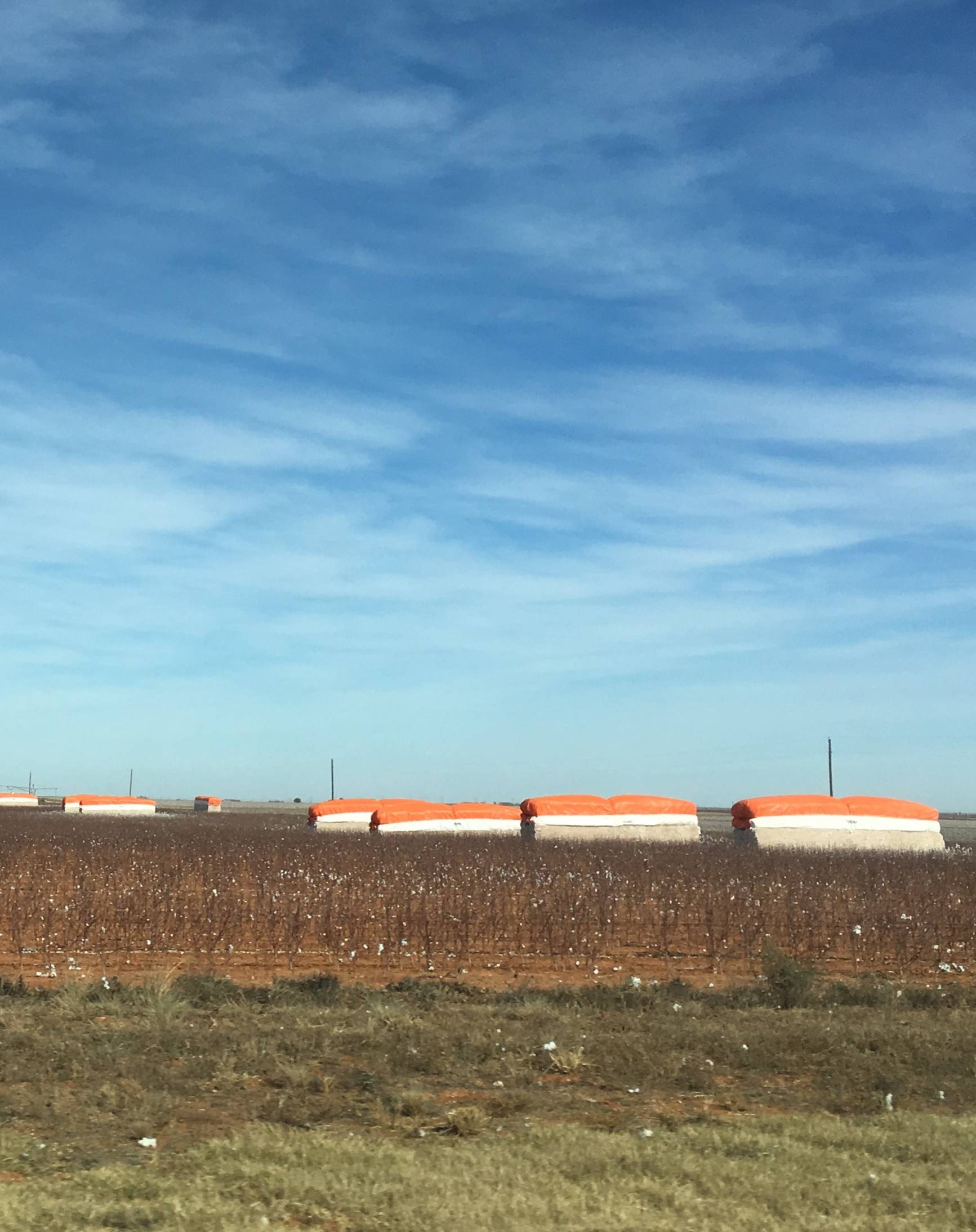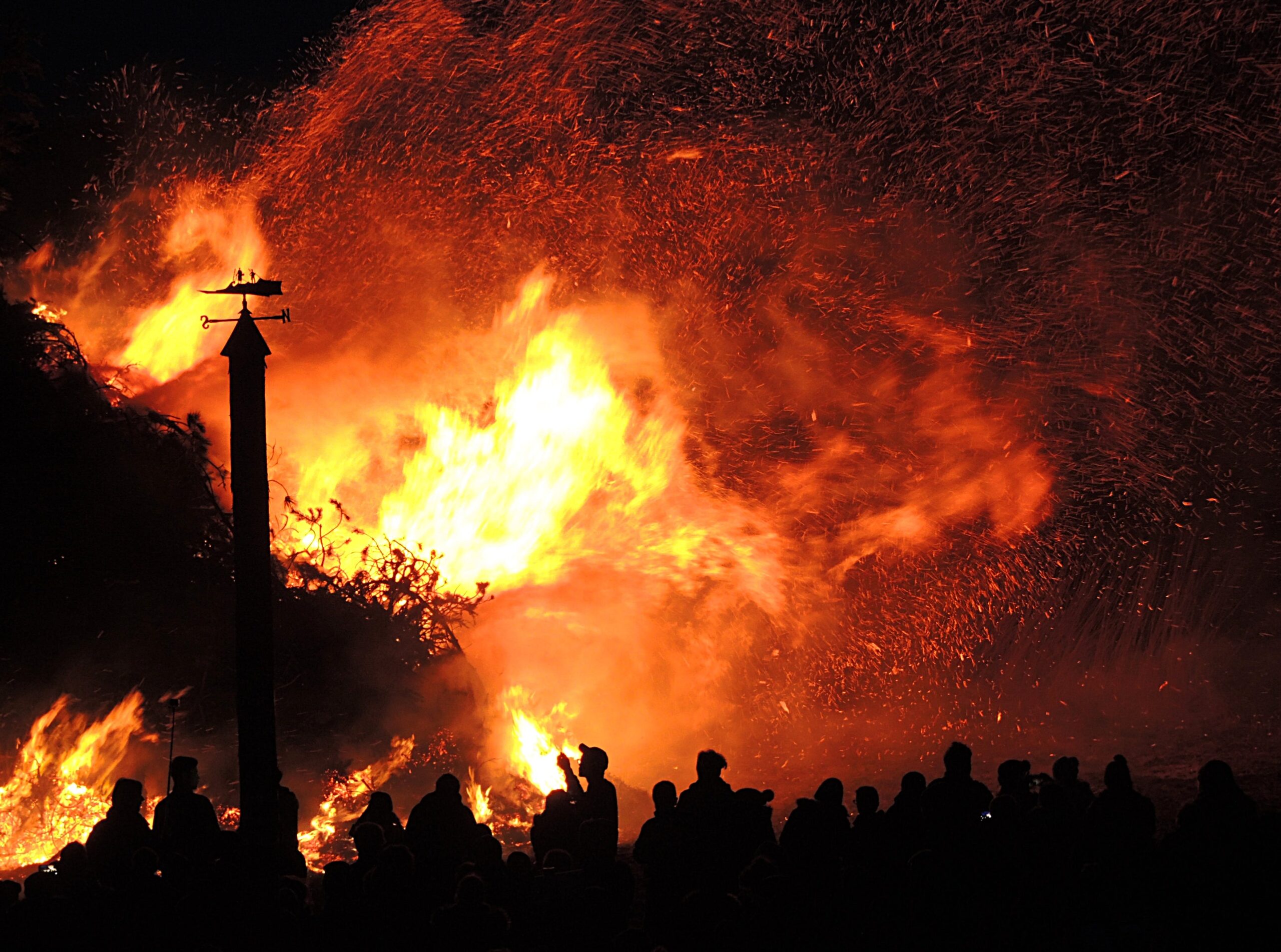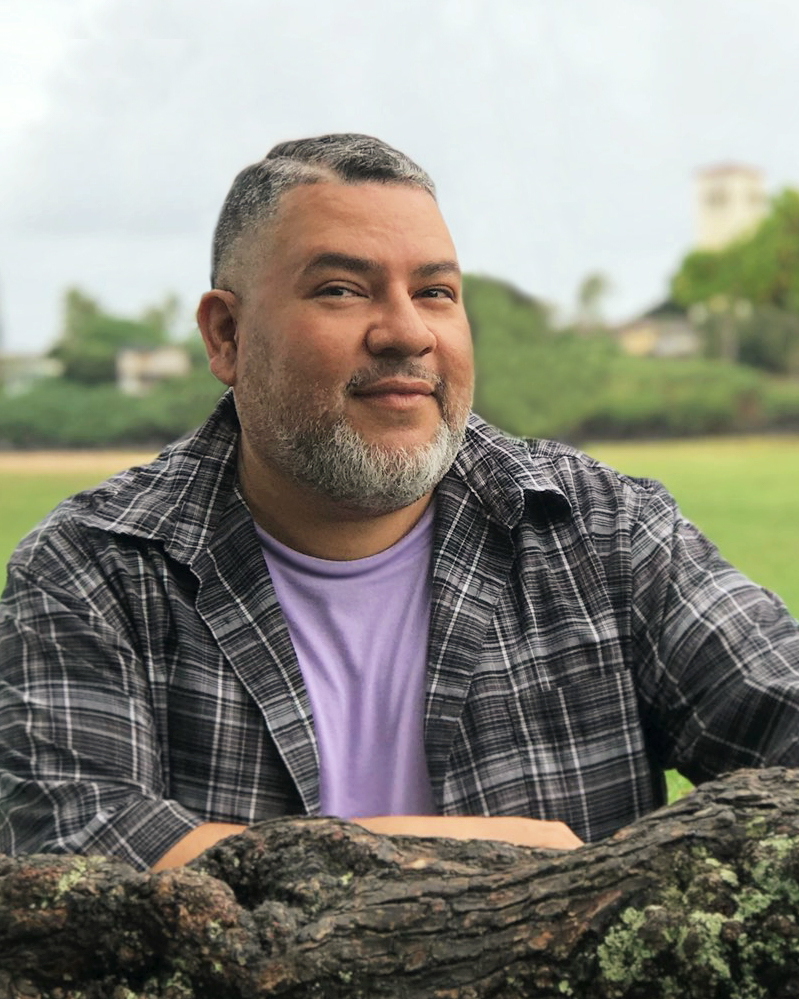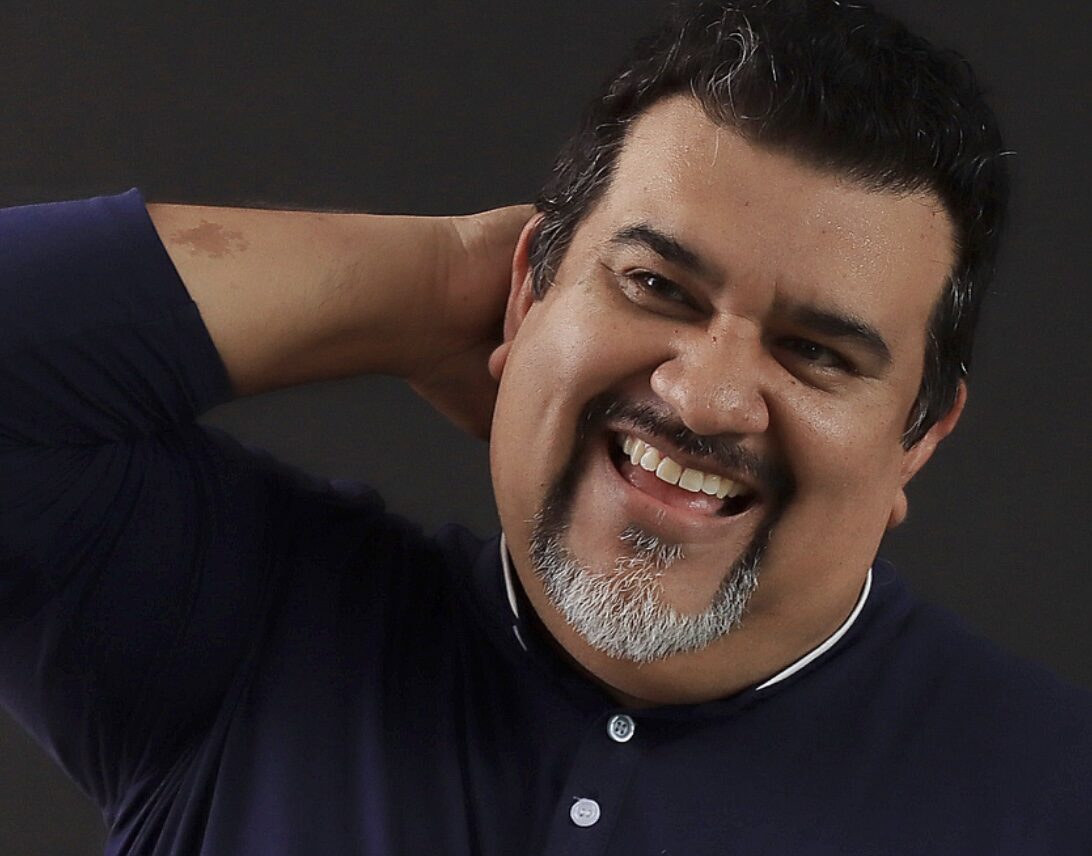With KATIE CORTESE

Your Name: Katie Cortese
Current City or Town: Lubbock, Texas
How Long Have You Lived here: 5 years
Three Words to Describe the Climate: Sunny, windy, dusty
Best time of the year to visit: Every season in Lubbock has its challenges, but I like it best in either May or September when everything is green and flowering, the hottest days are still either in front of us or past, and the wind is slightly less intense (though it never really goes away).
1. The most striking physical feature of this city/town are… The flatness of the South Plains region. In the city there are enough buildings and imported trees to fool people into thinking the topography has variation, but driving out to the city’s still-expanding edges north of 4th Street or south of 114th brings to mind the only joke I’d been told about Lubbock before moving here: It’s the kind of place you can watch your dog run away for three days. That flatness is all the more remarkable for being relatively unbroken. We only have about three native tree varieties—the desert willow, ponderosa pine and live oak—and no natural water features, though a few canyons within the city limits made themselves lakes in the ‘20s by damning the Brazos River. Besides the occasional oil derrick or windmill, what we have in abundance is grassland and big sky, plus 263 days of sun, on average.
2. The stereotype of the people who live here and what this stereotype misses is… In 2005, a study by the Bay Area Center for Voting Research ranked Lubbock the second-most conservative city in the nation after Provo, Utah. On a 2015 Crowdpac ranking, Lubbock didn’t crack the top ten. I can’t say if political scientists would agree, but what I’ve observed on the ground is that Lubbock, led perhaps by the students of Texas Tech University who live at the city’s heart in more ways than one, is no longer ideologically homogeneous. At an intersection near campus, a bronze statue of Tim Cole, the first Texan to be posthumously exonerated by DNA evidence, has become the gathering place for a number of well-attended peaceful protests over the last several years, including gatherings to support Black Lives Matter, the Women’s March, and “No Ban No Wall.” Lubbockites may never agree on everything, but I hope respectful debate and open communication is becoming the new normal.
3. Historical Context in broad strokes and the moments in which you feel this history… Lubbock’s nickname is the “Hub City.” At five hours from Albuquerque, Dallas, and Oklahoma City, and six from Austin, San Antonio, and El Paso, we’re the center of a slightly misshapen wheel lined by larger cities a day’s drive away. This means we’re a frequent pit stop for travelers headed elsewhere, but for the rural population, we’re a destination in our own right. Students tell me about driving in as kids from Muleshoe, Turkey, Ropesville, or Happy for the mall, museums, and hospitals, so for many of them, we’re the big city. Worldwide, we’re most famous as the birthplace of Lubbock’s favorite son, Buddy Holly, whose memory has been immortalized in murals, statues, road signs, and a museum that not only features a gigantic pair of black rim glasses perfect for goofy photo ops, but which also displays his actual glasses recovered from the plane crash, cracked lenses and all.
4. Common jobs and industries and the effect on the town/city’s personality… The Texas Tech University System is Lubbock’s largest employer, and two of its component institutions are located here—Texas Tech University and Texas Tech University Health Science Center. During the school year, the city rings with Tech’s slogans (“Wreck ‘em Tech,” and “Guns Up!”) and residents venerate its mascots (Raider Red with his two pistols and the Masked Rider who tears across the football field before every home game astride Fearless Champion). How well-loved are these figures? While impossible to quantify, my two-year-old son is convinced that Raider Red and Santa Claus are best buds. Another leading industry is agriculture. During the fall harvest, cotton farmers cover enormous white bales with tarps of orange and yellow and green. From a distance the massive rectangles and cylinders look like giant pieces of sushi. And, of course, wind blowing through nearby feed lots often reminds us of another major product: cattle.
5. Local/regional vocabulary or food? Barbeque is our biggest draw. Depending on who you ask, Evie Mae’s is the best, or else it’s The Shack, or maybe Eddie’s (but get there before they close at 2), or Tom & Bingo’s, or Chopped and Sliced, but wherever you go it’s easy to find world-class smoked brisket, pulled pork, ribs, chicken, turkey, sausage, and a plethora of sides (beans, potato salad, mac & cheese, and more). And meat is more than a food group to many here, since the Department of Animal & Food Sciences at Texas Tech is home to award-winning and nationally renowned Meat Judging and Meat Science Academic Quiz Bowl Teams. It also maintains a restaurant on campus (COWamungus!), which sells cuts of beef, pork, and lamb onsite, as well as homemade ice cream, and offer even more products online as Red Raider Meats. I’m a fan of the jalapeño cheese smoked sausage.
6. Local politics and debates frequently seem to center on… In August of 2016, “campus carry” went into effect in Texas, which means students 21 or older with a concealed handgun license can bring guns anywhere on Texas Tech’s campus not designated an “exclusionary zone.” There has been lively debate about this as well as art exhibitions and readings of creative work. After the policy was approved by Texas lawmakers, student leaders from thirteen Texas universities, including Tech, signed a letter urging the governor not to sign the legislation, but the policy was implemented on August 1, 2016—exactly fifty years after Charles Whitman shot forty-five people from a tower on the University of Texas at Austin’s campus, killing fourteen. Last year an active shooter on campus resulted in the death of a TTU police officer, though the student was too young to legally carry, so as in the rest of the country, in Lubbock the debate rages on.
Katie Cortese is the author of two story collections, Make Way for Her and Other Stories (University Press of Kentucky, 2018) and Girl Power and Other Short-Short Stories (ELJ Editions, 2015), and teaches creative writing at Texas Tech University in Lubbock where she serves as the fiction editor for Iron Horse Literary Review.
Photos courtesy of the author.




